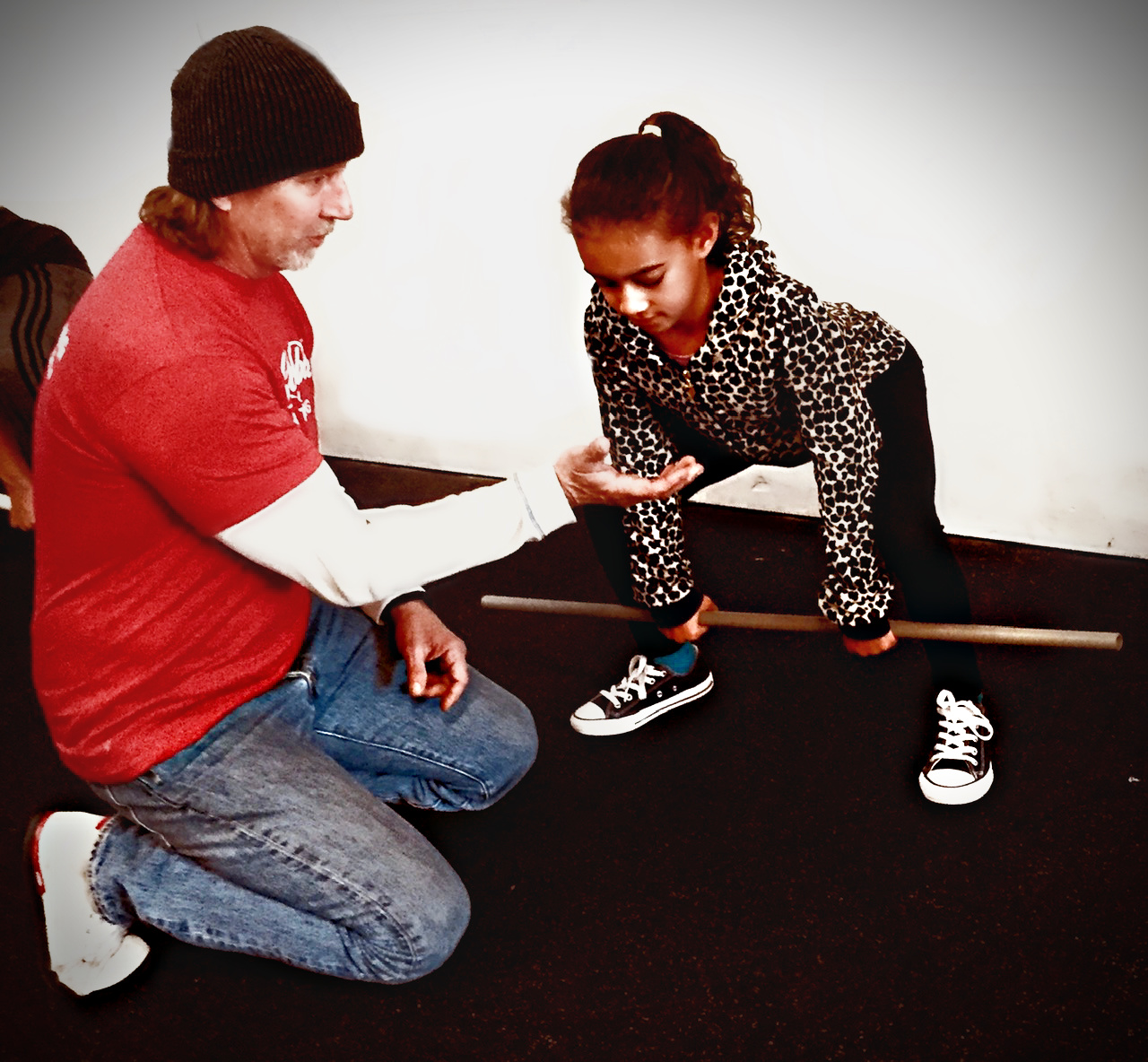How Not To Teach Kids The Squat Clean pt. 3
Being confident and competent moves us to be motivated. To be motivated means to be inspired to do something. A person who feels no inspiration to act is seen as unmotivated, whereas someone who is animated to achieve a goal is considered motivated.
Self-Determination Theory identifies and defines different types of motivation and why that motivation gives rise to action. The simplest distinction is between intrinsic and extrinsic motivation. Intrinsic motivation refers to doing something because it is inherently interesting or enjoyable, and extrinsic motivation refers to doing something because it leads to a distinct outcome.
In the book, Drive, author Daniel Pink examines extrinsic and intrinsic motivation. He states that extrinsic motivators tend to be the “what”. How much did I lift? How fast did I run? He argues that this can create a short term mind set, stymied adaptivity and deferred intrinsic motivation. In contrast intrinsic motivation focus on the “why” which leads to empowerment, independence, creativity and is more long term focused.
In the fitness world an example of being extrinsically motivated would be saying “I want a 250 pound hang power clean.” The what is the outcome or goal, the weight of the snatch. Being interested in working on the movement of the clean itself and then perfecting it exemplifies intrinsic motivation.
Now, nobody can completely separate intrinsic and extrinsic motivation. In other words, nobody is simply one or the other. The fact is that most of us are initially extrinsically motivated and as we learn to enjoy the process we begin to focus inwards through the journey.
How does this relate to teaching the clean? In our first two blogs we discussed perfecting the building blocks of movement, scaffolding the movements together correctly to build more complex movements and the process of motor learning. All of this takes time. For children extrinsic goals tend to be fleeting. So our job as Professional Youth Coaches is to help children focus their motivation from the inside out, rather than outside in. Teaching them to enjoy the process and the journey.
In the Brand X® Professional Youth Coach Certification we teach coaches how to build a trusting relationship with the youth they coach. When that relationship and trust exist youth begin to focus on what the coach thinks is important. At our gym, we made a conscious effort to praise and reward great movement, great effort, making corrections or following cuing. In the PYCC Pro we discuss how this created a culture in our weightlifting class where kids focused on how they were moving rather than what load they moved. In other words, the kids became more intrinsically motivated, working on the process and enjoying the journey.
Over this three part blog we have outlined the coaches process to teach the clean. Developing and perfecting the building blocks of complex movement, honoring the process of motor learning, and finally helping the kids we train to be more intrinsically than extrinsically focused. This is not to say that extrinsic goals are not also met, as the pristine movement from Brand X® Kids and Teens was commented on in every meet that they attended but also exemplified by more than 100 state and national records.
For us as coaches this coaching process allowed our kids to improve while remaining injury free, continually making progress and set the foundation for movement for life.
Book a call now and get $300 off The Brand X Methods Professional Youth Coach Certification! (PYCC)

